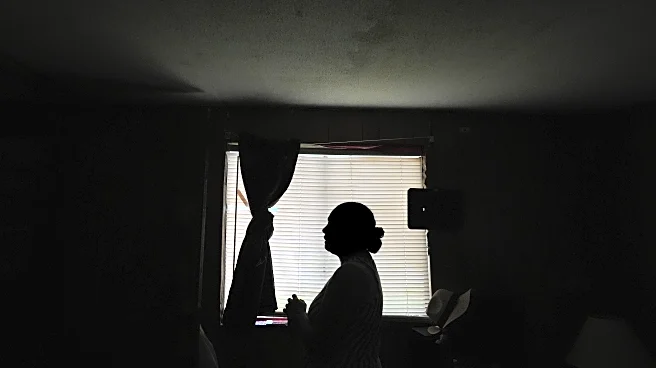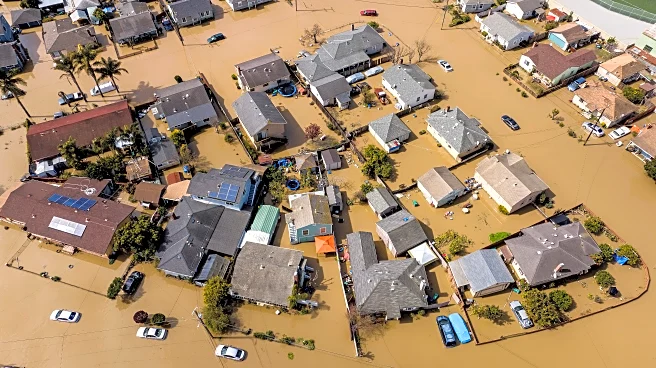What is the story about?
What's Happening?
The U.S. housing market is experiencing varying speeds of home sales across different regions, with some cities witnessing rapid turnover. Between 2020 and 2024, there was a significant influx of people into Sun Belt states like Florida and Texas. However, recent data indicates a slowdown in this trend, with supply beginning to meet demand in cities such as Miami, San Antonio, Nashville, and Phoenix. As of June 2025, the median time for a home listing in the U.S. was 51 days, a 13% increase from the previous year. Despite this, certain metropolitan areas continue to see homes sell quickly. Buffalo, New York, leads with homes typically selling in 12 days, followed by Indianapolis at 16 days, and Richmond, Virginia, at 14 days. These cities are benefiting from factors like low inventory and fast job growth, making them competitive markets for homebuyers.
Why It's Important?
The varying speeds of home sales across the U.S. highlight shifting dynamics in the real estate market. Cities with rapid home sales, such as Buffalo and Indianapolis, indicate strong demand and potentially rising property values, which can attract investors and impact local economies. Conversely, the overall increase in median time on the market suggests a cooling trend in some areas, which could affect sellers' strategies and pricing. Understanding these trends is crucial for stakeholders, including real estate agents, investors, and potential homebuyers, as they navigate the market. The data also reflects broader economic conditions, such as job growth and population shifts, influencing housing demand.
What's Next?
As the housing market continues to evolve, stakeholders will likely monitor these trends closely. Potential buyers and sellers in fast-selling areas may need to act quickly to capitalize on opportunities. Meanwhile, cities experiencing slower sales might see adjustments in pricing strategies or increased marketing efforts to attract buyers. Policymakers and urban planners may also consider these trends when addressing housing supply and infrastructure needs. The ongoing changes in the housing market could lead to shifts in investment patterns and influence future urban development.
AI Generated Content
Do you find this article useful?















